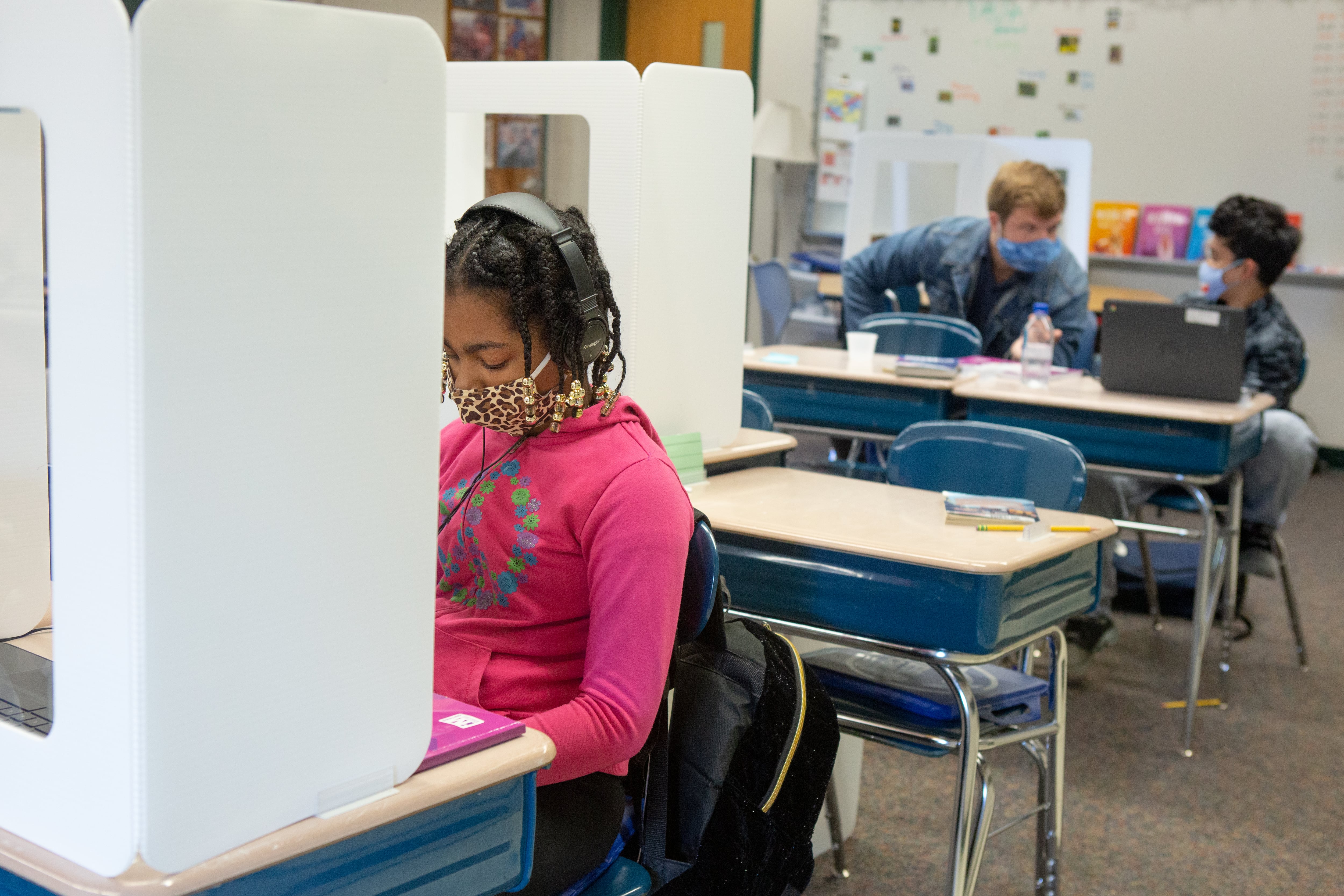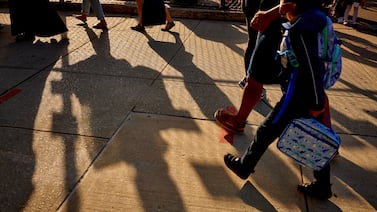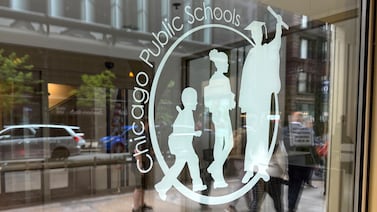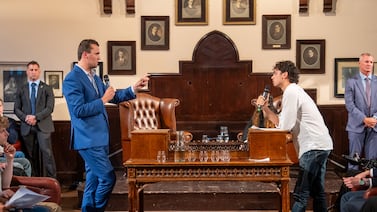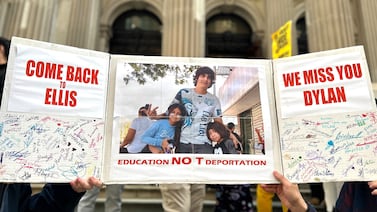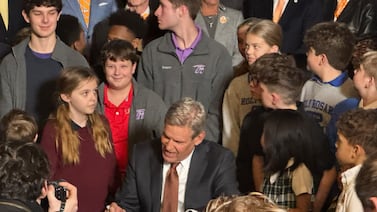To help curb the spread of COVID, all 56,000 New York City public school classrooms will be equipped with two air purifiers by September, according to the education department.
Already, the department has distributed 100,000 air purifiers to schools, and they are working to ensure each classroom has two air purifiers by the time schools fully reopen this fall. The air purifiers have a similar technology to high-efficiency particulate air filters, or HEPA filters, according to education department officials, and the product website states that they capture smaller particles than HEPA filters.
Ventilation has emerged as one of the most critical COVID prevention strategies, and HEPA filters are among the most efficient at capturing human-generated viral particles, according to the Centers for Disease Control and Prevention.
This past school-year, New York City public schools had less than a 1% COVID positivity rate based on the on-site testing of students and staff, the education department said. But that low rate was in part made possible by having a limited number of students and educators on campus: about 60% of students were in school remotely, and 28% of teachers had medical accommodations to work from home. A full return to classrooms in September means less space for social distancing and with that, a need for an even more comprehensive safety plan.
The education department says they have high standards in place to ensure students will be safe next year.
“Any room that does not meet our stringent safety standards is not used for instructional purposes until it’s repaired,” an education department spokesperson said, adding that ventilation is one part of a comprehensive strategy to keep students, teachers, and staff safe.
In addition, custodians have been given CO2 monitors to measure carbon dioxide levels, an indicator of how much fresh air is circulating. The department has also invested in ventilation system repairs, HVAC upgrades, and the installation of 110,000 MERV-13 filters, but did not immediately disclose how much they spent on these fixes.
Schools do not yet have guidance on what social distancing will look like in the coming school year. As of now, the guidelines call for three feet of social distancing in classrooms and six feet during lunch, when masks are off.
Public health experts say that while education departments have focused primarily on the safety of classrooms, other communal spaces, such as hallways, school buses, and cafeterias are potentially of greater concern when it comes to air flow.
“Students are intermixing and moving in hallways,” said Dr. Susan Hassig, an epidemiology professor at Tulane University, adding that lunch time as well as activities like sports and choir are of significant concern.
Hassig suggested that a team of three people — including an epidemiologist, an indoor air quality specialist and an education expert — visit each school to ensure the building is safe for occupancy. This cross-disciplinary team could help translate CDC guidelines based on the particulars of individual schools. She noted that factors such as the age of a building, the number of windows in a room, as well as the height of a ceiling in a classroom are all important considerations when determining a safe capacity and ventilation requirements.
The education department continues to monitor ventilation, posting regular updates online. This, they said, removes the need for deploying ventilation action teams, which the mayor dispatched just days before the last school-year was scheduled to begin.
The chaos surrounding last year’s reopening — which included a delayed release of the ventilation reports, a threat for a union strike, and an overall sense of anxiety among educators — has left some parents skeptical of how safe classrooms will be, regardless of what the department of education says.
“Local school districts are going to have to do a lot of leg-work over the summer,” said Naomi Peña, director of the Community Education Council for District 1 and a mother of three public school students who attended remotely for the majority of the last school year. “If we want to reopen, we need to get the rest of the remote families to feel comfortable coming back.”
Public health experts have said that vaccination is the most effective COVID prevention strategy. Vaccination rates in New York City continue to rise — currently, 54.8% of New Yorkers have received at least one dose of the vaccine, and COVID positivity rates are at an all time low, with a seven-day average of 0.54%, according to data from the city’s health department. But vaccinations are yet to be approved for children under the age of 12, and as of June 2, less than a quarter of adolescents, ages 12 to 17, had been vaccinated. A more contagious variant of the virus is also beginning to spread within the United States.
And despite calls from some families to ditch masks next school year, Hassig said that face coverings remain an important line of defense, particularly for children in younger grades who are not yet able to be vaccinated. As of now, city schools plan to continue masking into next year.
Correction: July 9, 2021: A previous version of this story stated that the air purifiers supplied to New York City schools have HEPA filters. They do not have HEPA filters (they use a different technology called Disinfecting Filtration System to clean the air), but the education department considers them HEPA purifiers because they filter at HEPA-rated levels.

